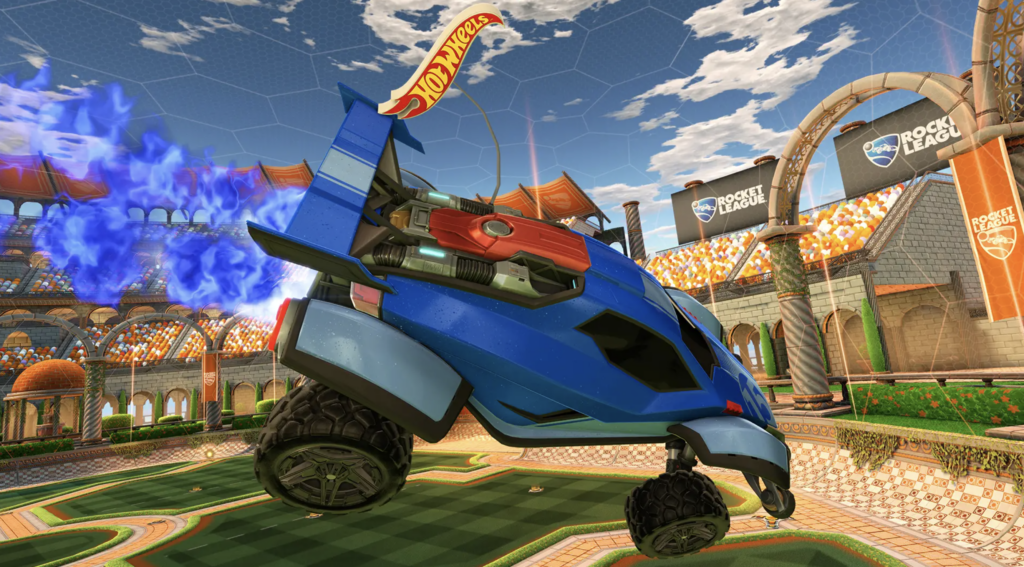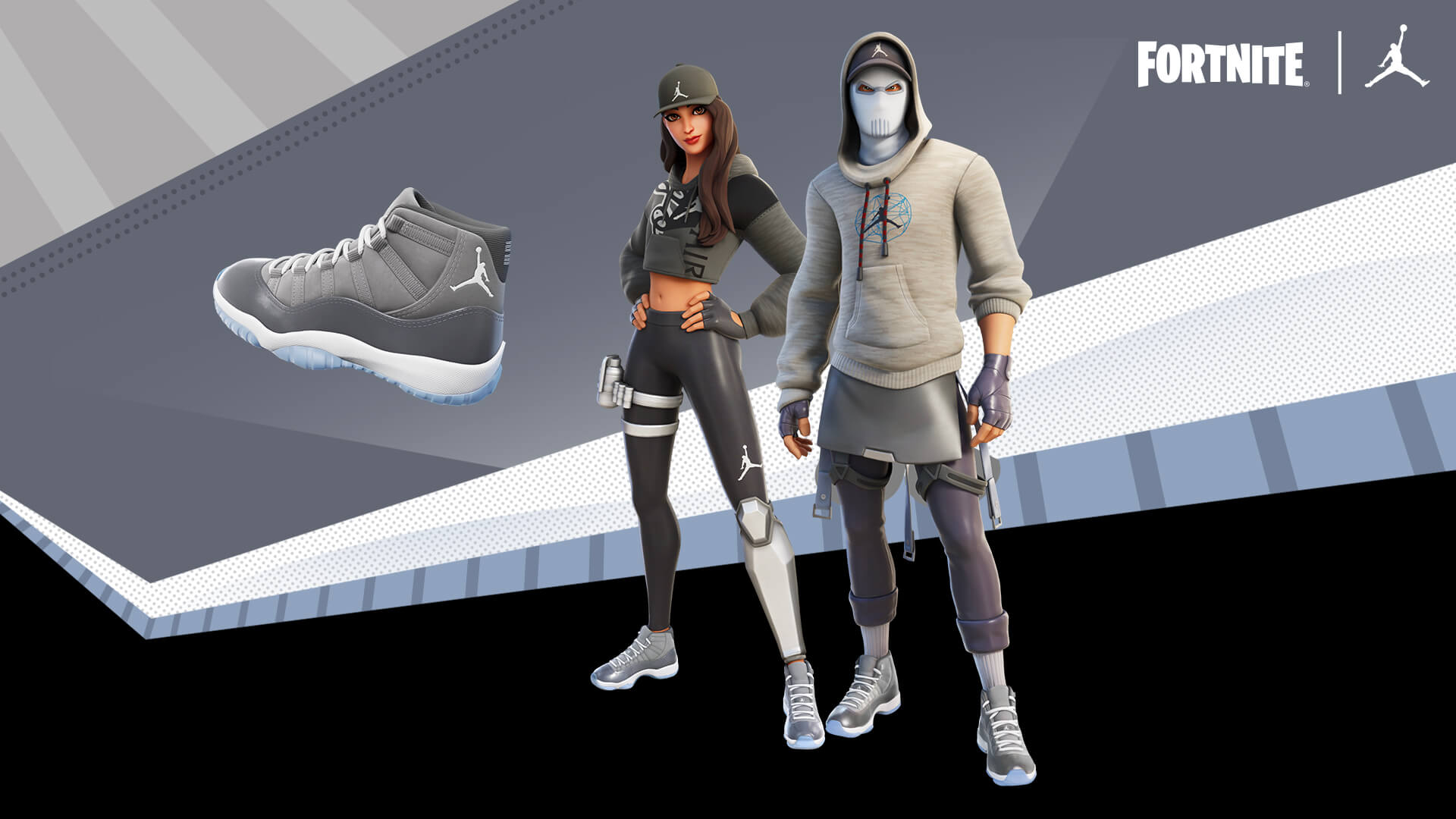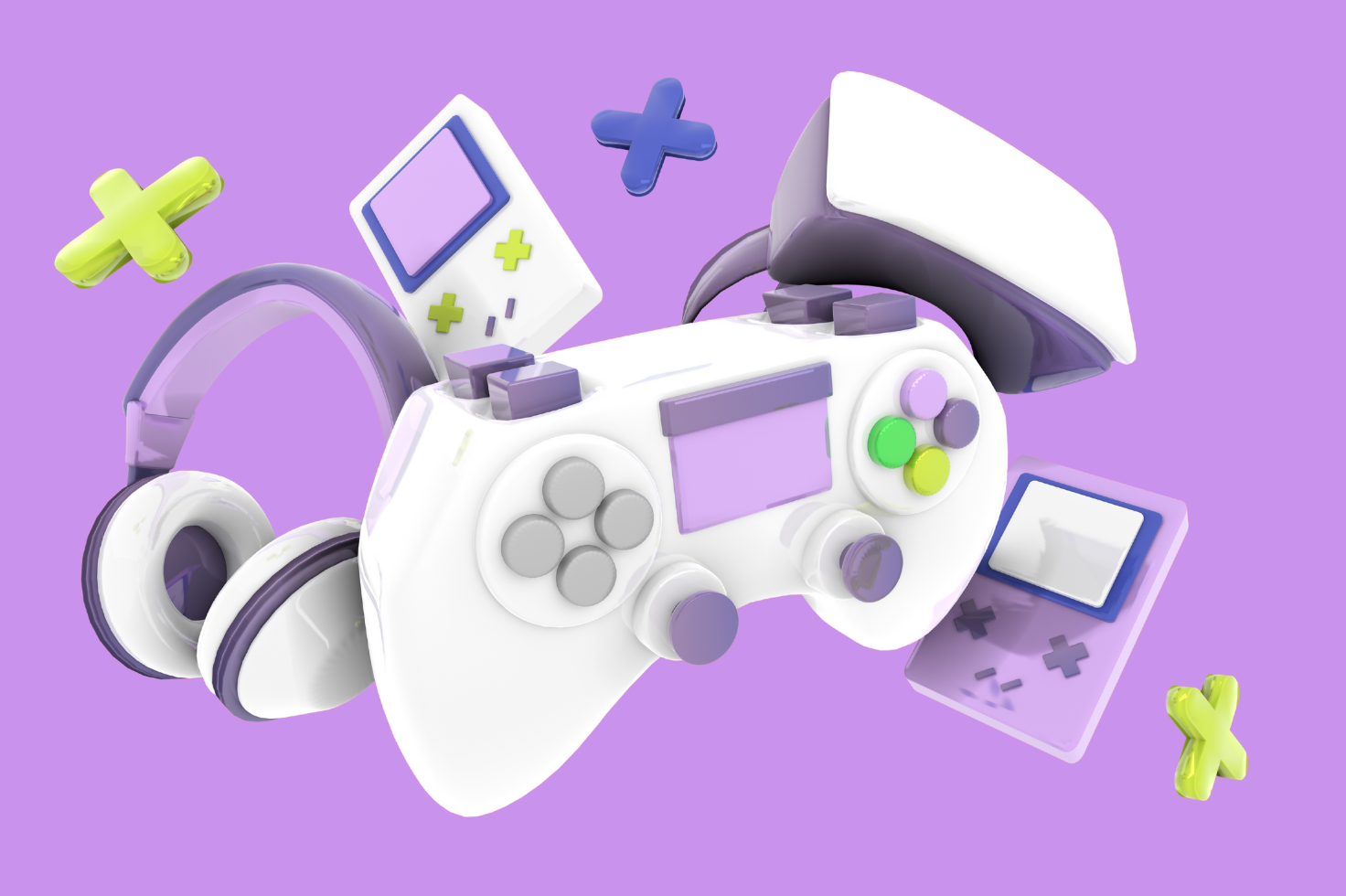With the expansion and continuous development of the video game industry, marketers are capitalizing on its constant innovation through in-game advertising. Here’s why in-game advertising is one of today’s biggest trends in marketing.
The advertising industry is constantly pushing boundaries, seizing opportunities on untapped channels and platforms, and executing strategies to engage audiences like never before. Platforms like video games are often considered a consumer pastime – but they are also a new horizon for digital advertising.
In-game advertising has existed for decades but very few marketers realize its potential or the value it can bring both brands and consumers. eMarketer suggests there are approximately 184.6 million video game users in the United States alone, representing a sizable untapped audience for most brands.
With gaming being a notable part of everyday lives and modern society, it offers a significant opportunity for brands to offer compelling and engaging advertising, having a meaningful impact on potential consumers. Here’s why in-game advertising is one of today’s biggest marketing trends.
In-game advertising defined
In-game advertising (IGA), as the name suggests, involves the use of ads or the promotion of brands at any point of a game (this can be pre-, mid-, or post-game). In other words, it is a type of digital advertising that displays image, video, or audio ads inside video games themselves. Game developers often sell ad space in video games through which brands can promote themselves in a more integrated, seamless game environment. This provides a more engaged experience for consumers instead of typical in-app advertisements, pop-ups, or banners commonly seen in mobile games. In essence, IGA is programmatic advertising for video games.

Investing in IGA can help brands achieve more visibility, and is an effective way to differentiate their brand by using advertising channels where competition may still be low. IGA’s flexibility and adaptability let brands optimize their campaigns in real-time – making it easy to create custom-made advertising messages and campaigns without disrupting the flow and gameplay of consumers.
In-game advertising is also a great way to collect user data. Marketers can refine and improve their advertising messages and strategies by gathering specific customer metrics and information like time spent playing video games, the gamer’s profile, location information, and more.
Typically, IGA involves certain stakeholders and key market players. These include (but are not limited to): demand-side platforms (DSP) or sell-side platforms (SSP), data platforms (like Google, Amazon, and Facebook), game streaming broadcasters (like Twitch, Facebook Gaming, and YouTube Gaming), video game creators and publishers, and other digital content publishers like (like YouTube or Spotify).
Forms of IGA
In-game advertising has been around for decades, dating back to 1978 when the text adventure video game Adventureland promoted its new game Pirate Adventure on the microcomputer. IGA has evolved since then, transforming into the various forms and types of in game ads used today. Here are some of the main forms of in-game advertising:
Static in-game ads
Static in-game advertising involves placing ads on stationary elements, like a virtual billboard or poster. These are usually strategically placed to attract a player’s attention without disrupting gameplay. One key feature of static in-game ads is that once it has been added to the game, it cannot be changed. Static ads are most commonly used in sports, racing, and open-world games.
Dynamic in-game ads
Interstitial ads are interactive ads that cover the entire screen, often during the game’s natural pauses (like a break in between levels). The purpose of interstitial ads is to ensure they interrupt a user’s gaming experience as little as possible.
Native banners
Native banners are embedded and added as part of the game’s content and blend seamlessly into the background for an unobtrusive ad experience.
Contextual ads
Contextual ads are placed in environments where the site content is similar and more relevant to the audience. These ads make use of a set of topics and keywords related to their digital media source, which then use algorithms to match the ad with relevant content.
Rewarded video ads
Rewarded video ads are meant to reward users for watching a full-screen ad (these are usually around 15-30 seconds long). This incentivizes users with bonuses like in-game currency, extra lives, or bonus content. Developers saw user retention increase by 62% after introducing rewarded video ads and 71% of video game players prefer in-game video ads over in-app purchases.
Playable ads
Playable ads are interactive video ads that give users a glimpse of what a game is before they decide to download it. By implementing playable ads, advertisers can expect lower uninstall rates and increased user retention.
Advergaming / gamevertising
Advergaming (sometimes referred to as “gamevertising” or advertising in games) refers to games specifically designed to promote a brand. It involves incorporating advertising elements directly into the game such as the integration of brand promotions, product placements, or interactive advertisements within the gameplay.
These games often involve collaboration between game developers and the advertisers through which the advertiser’s brand is integrated into the game as a form of sponsorship. Some of these elements usually include sponsored in-game events, challenges or levels, customization options, or additional game modes that showcase the advertiser’s brand or content.
Product placements (putting products and brands directly into video games where players will see or “use” them) and sponsored game content (integration of a brand or product into game content)fall under this category as well.
A few examples of these are:
- Activision Blizzard Media’s Playables are branded stand-alone mobile app games.
- Chex’s Chex Quest was a first-person shooter PC game included in Chex cereal boxes back in 1996. It has since been remastered as Chex Quest HD which is playable for free on Steam.
- Fortnite hosted a virtual concert for rap artist Travis Scott where he premiered his new song. This event also offered in-game rewards like exclusive Travis Scott customization options, loading screens, and more.
- Monster Energy drink and a poster for the AMC TV series Ride with Norman Reedus are both seen in the 2019 video game Death Stranding.

Benefits of IGA vs. traditional marketing
In-game advertising is proven to have various benefits and advantages in contrast to traditional marketing. IGAs are generally perceived as more organic compared to the presence of pop-up and banner ads. Having interactive components also leads to both brand recognition and consumer participation. Geo-targeting, real-time ad moderation, and rapid rollout of ad creatives are other benefits of IGAs.
In addition, brands can increase brand awareness and engagement by showing ads to users in a much more natural, seamless way without disrupting the user’s gaming experience. A study commissioned by Broadband provider TalkTalk shows that in-game advertising delivered an uplift in purchase intent by as much as 12%.
In-game advertising also results in longer attention spans for gamers. In-game ads are shown to result in an average gamer attention span of 29 minutes vs. the 17.5 minutes per thousand impressions in online advertising. They also result in a higher average dwell time of 13%, compared to the 1.6% for online advertising, and a greater interest rate. In-game ads were viewed by up to 96% of study participants and over eight in ten (84%) felt that the ads were suitable for the in-game environment.
Another benefit to utilizing in-game advertising is being able to tap into the huge target consumers and target certain audiences that other brands may not necessarily think of promoting to. The regular gamer has diverse typologies and segments that brands can access and engage with:
- They can be casual gamers who usually play games on their smartphones or tablets, mainly women 33 years or older.
- They can be convivial gamers who typically play on their gaming consoles once or twice a week, often enjoying the social dimension of gaming.
- They can be the committed gamers, who are generally characterized as young men between the ages of 15-19 who play at least once a day on their PC
- Or they can be the geek-techies, often male students who usually play on their last-generation gaming console but also on more than 19 devices.
Challenges of in-game advertising
Considering the ever-changing world of in-game advertising, as well as the industry’s increasing regard and utilization of it, it makes sense that IGA also comes with its own set of unique challenges and barriers.
One common challenge is user attitude when seeing and encountering ads during gameplay. Players tend to become frustrated and upset if the ads disrupt enjoyment or flow. Such disruption could lead to lower user retention and lesser engagement, defeating the purpose of the in-game ad.
Another challenge is the constant need to engage and stimulate gamers’ minds and attention; gamers are even more susceptible to ad fatigue, often getting bored very quickly by seeing the same ads repeatedly.

Furthermore, a study by eMarketer shows the majority of video game players in the U.S. are more receptive to in-game ads that do not disrupt their gameplay and prefer ads that are related and relevant to the content of their game of choice.
Thus, targeting, frequency, and content are crucial for a successful IGA campaign. For brands utilizing IGAs, ads must be non-intrusive, constantly engage with users with relevant content, and preferably offer rewards or incentives (like in-game currency, or bonus game content).
Notable examples of in-game advertising
Nike and Puma’s contextual advertising in NBA 2K22
Virtual Concepts collaborated with athletic sportswear brands Nike and Puma to place their logos in the popular sports video game NBA 2K22. Its contextual relevance completes the gaming experience since both Nike and Puma are popular and relevant amongst professional and amateur athletes. It also helps to drive brand awareness and brand recall for gamers.
Fortnite collaborates with Jordan
The popular shooter game Fortnite collaborated with athletic brand Jordan back in 2021. Players could complete and unlock customization options from the popular brand such as the Air Jordan XI Cool Gray, and other clothing options inspired by the Jordan brand. The MVP got access to a virtual museum, a basketball court to test your abilities, and an immersive video that advertises the Jordan brand.

Forza Horizon’s gamevertising of real-life car manufacturers and movies
Forza Horizon, a popular racing and driving console video game, gives players options to drive and use actual makes and models of popular car manufacturers such as Audi, Ford, Dodge, and more. In addition, Forza has also released limited edition cars featured in films like the 2023 Barbie movie.

The future of in-game advertising
With the Interactive Advertising Bureau (IAB) releasing new standards for in-game ads in June 2022 (affecting intrinsic ads in particular), there seems to be an uptick in development for intrinsic ads which could unlock console advertising. These ads are situated in 3D environments as part of the game world. Ad platforms like Anzu and Bidstack are collaborating with console makers to develop technology for programmatic intrinsic ads.
In addition, Metaverse worlds are also looking at including ads. Roblox, for instance, is interested in building a full ad platform. VR gaming developers are also looking at developing intrinsic ads – especially with the new IAB standards.
Another window of opportunity for game developers and advertisers would be free-to-play games on consoles. Once ad makers have the ad tech ready, the free-to-play console games are prime candidates for programmatic advertising.
In-game ads for subscription-based gaming is another possible opportunity for marketers. With Netflix, Google, and Apple launching and developing their line of subscription gaming, premium games could be another avenue for advertisers to inject their brands into video games. Game streaming services like Twitch are also areas where advertisers can explore programmatic in-game advertising.
Final thoughts
It comes as no surprise that in-game advertising is here to stay. It will also continue to become more and more prevalent as the world of video games expands and develops. With more innovations in video gaming comes the growth of its user base. A new study by Statista shows five out of ten people will be mobile gamers by 2025.
This increased video game consumption is a window of opportunity for brands and advertisers wanting to capitalize on in-game advertising, making it the next game changer for the marketing and advertising industry.

To see more from illumin, be sure to follow us on Twitter and LinkedIn where we share interesting news and insights from the worlds of ad tech and advertising.











